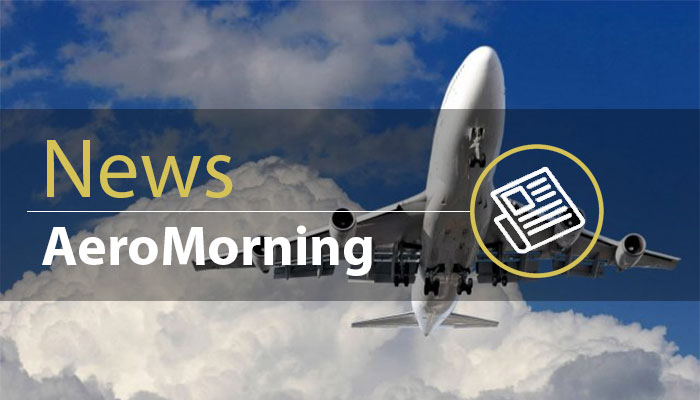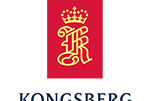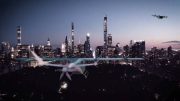North Korea launched a number of drones into South Korean territory in December last year which the South Korean military struggled to intercept. The incursion highlights South Korea’s weaknesses in the counter unmanned aerial vehicles (UAVs) and the need to develop anti-drone systems, commonly referred to as C-UAS systems, alongside traditional anti-air procedures, says GlobalData, a leading data and analytics company.
William Davies, Aerospace Analyst at GlobalData, comments: “In response to the recent incursion, the South Korean military deployed a number of systems including light-attack aircraft and attack helicopters but failed to destroy any of the North Korean UAVs. This serious lapse in security highlights the need for C-UAS systems.”
As drone technology proliferates and becomes more accessible and affordable, relying on traditional systems such as the US Patriot system or a quick reaction force are becoming prohibitively expensive when compared to the UAV system they are intercepting whose price can often be below $1000.
The Ukrainian forces have also faced similar problems with Russian UAVs, which cost around $50,000 to produce, being targeted by systems including Norwegian Advanced Surface-to-Air Missile Systems (NASAMs) costing more than $1.2 million per shot to utilize.
GlobalData’s report, ‘UAV market Military Unmanned Aerial Vehicle (UAV) Market Size and Trend Analysis, 2022-2032’, forecasts that the UAV market will grow to more than $10 billion by 2035. The significant growth of the commercial drone market has also created increased problems as commercial off the shelf (COTS) drones can be easily modified for military uses, as demonstrated by both Ukrainian and Russian forces who have utilized commercial drones to conduct tactical intelligence, surveillance and reconnaissance ISR (ISR) and dropping grenades on unsuspecting troops.
Davies concludes: “There are a number of more affordable per-shot measures that countries can take to establish C-UAS systems, with directed-energy weapon (DEW) being pursued by numerous countries as a feasible alternative to existing systems. However, the technology is still mostly under development and will need some more time to see widespread deployment. According to GlobalData’s C-UAS report, this means that countries including South Korea will likely have to bridge the gap in the coming years, utilizing more expensive systems in order to neutralize UAV threats. The investment from the South Korean military in response to this recent incursion focuses on DEW and jamming systems, which are both significantly more affordable per shot than kinetic weapons.”
| About GlobalData 4,000 of the world’s largest companies, including over 70% of FTSE 100 and 60% of Fortune 100 companies, make more timely and better business decisions thanks to GlobalData’s unique data, expert analysis and innovative solutions, all in one platform. GlobalData’s mission is to help our clients decode the future to be more successful and innovative across a range of industries, including the healthcare, consumer, retail, financial, technology and professional services sectors. |














Be the first to comment on "North Korea drone incursion on South Korea highlights demand for C-UAS, says GlobalData"